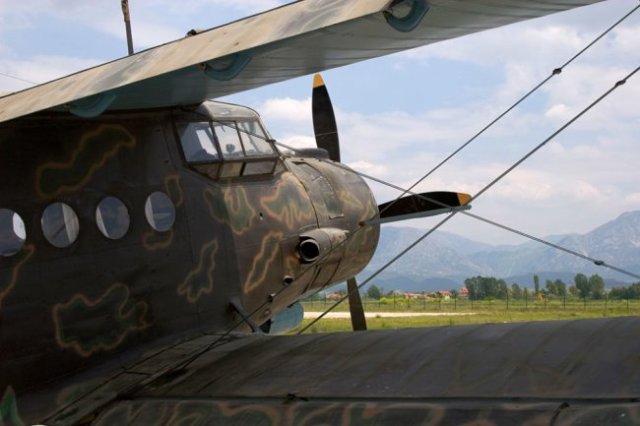The use of AN-2 to neutralize enemy air defenses. Video: https://t.co/KXDe1OONNG pic.twitter.com/5yOSvY2Pz8
— Ivan O'Gilvi (@o_gilvi) November 3, 2021
Commander of the Azerbaijani Air Force Ramiz Tahirov told (and illustrated his words with video clips) about a curious tactic to neutralize enemy air defenses during the conflict in Nagorno-Karabakh.
To do this, the Azerbaijani Air Force prepared a large number of old An-2 biplanes - they had to play the role of bait for Armenia's air defense, writes Dambiev. To avoid losses, biplanes were taught to operate in unmanned mode - setting the aircraft on the right course, the crew jumped out with a parachute. And that's not all - the AN-2 was made not just by drones, but by kamikaze drones. The old planes were filled with explosives - if the air defense had not reacted, they would have hit targets on the ground.
But the air defense reacted - the Tor-2MKM anti-aircraft systems standing in Karabakh shot their expensive missiles at empty An-2s. There were few missiles for the "Torus" and the most modern anti-aircraft systems in the Armenian arsenal were soon withdrawn from the fight. While the An-2 sacrificed themselves in the name of victory, Harop, Skystriker and Orbiter drones flying in the air detected air defense positions, transmitted data to Bayraktar TV2 drones and they struck. The detected anti-aircraft systems were also destroyed by long-range Spike-NLOS missiles from helicopters.
Electronic warfare equipment was actively used along the entire front line. They interfered with anti-aircraft radars and created false targets. On the first day of the conflict, Azerbaijan managed to disable up to 60 percent of the enemy's anti-aircraft systems. The operation was called the "Karabakh Casket".
Anton Valagin

